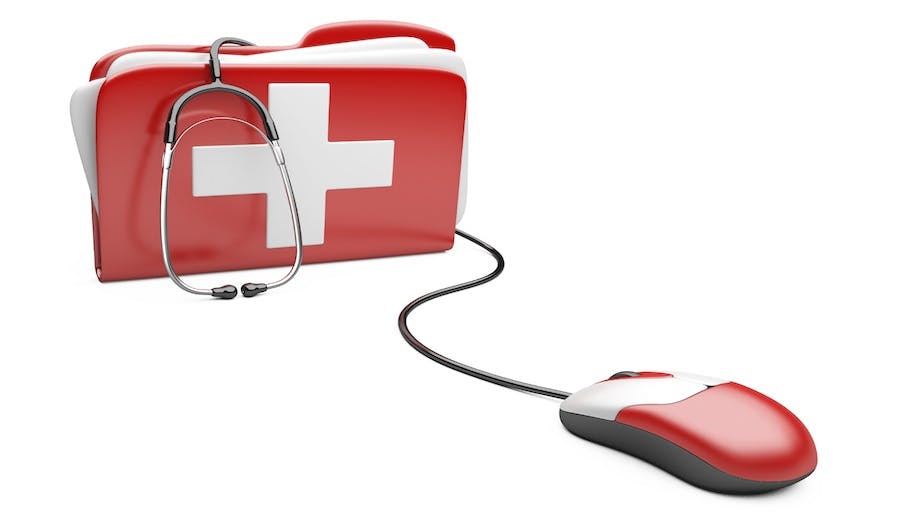It’s common for companies to make significant investments in products and services expecting an even more significant return. Disaster recovery, however, is a rare exception: It’s perhaps the only service in which businesses invest hoping it never has to be used. By not planning for the worst-case scenario, SMBs accept an unnecessary risk of losing critical customer data, and reputation and the bottom line along with it. Data needs to be backed up to a reliable source and recovered quickly when the unexpected actually happens.
Disaster Recovery – provided as a service
Disaster-Recovery-as-a-Service (DRaaS) is the generic term for a data recovery service provided by external service providers in emergency situations, such as natural disasters or server failures. It reduces the amount of downtime experienced by customers, clients and employees, and ensures that companies can continue operating as close to normal as possible without incurring huge expenses.
As opposed to traditional approaches, where the end customer was required to provision, manage and maintain hardware and software on-premise as well as at an offsite location, DRaaS outsources all of those tasks to a third-party service provider. Buying the service, as opposed to directly owning hardware and software, translates into additional cost savings and peace of mind for the business.
DRaaS is worthy of consideration
DRaaS provides companies with more reliable data backups, and a much better protection against any kind of disaster – from a broken water pipe destroying the server racks to a burglary to serious natural disasters. The bottom line is obvious: Improved user productivity, stability and reliability for the business.
By offering a plan to help the business get back up and running in the case of disruptive events (or even a complete loss or failure of IT infrastructure components on the primary site), DRaaS solutions offer reassurance to companies that can’t afford to have a large amount of downtime, lost data or upset customers. Since the service is being handled by experienced, focused professionals at a reasonable cost, SMBs can focus on growing their business with reliable, calculable operations cost at agreed service levels. And because it’s handled through an outsourced third-party, customers don’t have to worry about in-house training costs either.
Although it isn’t a money-maker for the end user, DRaaS is a modern and cost-efficient alternative to traditional BC/DR concepts that SMBs need to seriously consider. DRaaS is ideal for companies that don’t have the IT resources available to create their own disaster recovery solution, as well as fast-growth businesses that find it much easier and cheaper to scale an outsourced service instead of building infrastructure on their own.
Backups and setups
One of the biggest challenges facing DRaaS solutions right now is that it’s often impossible to perform regular data backups to the cloud due to bandwidth constraints, making it difficult to recover every lost bit of data in an emergency. This is now where customers should ask their service providers which technology they are using: Public-Cloud based DRaaS is limited when it comes to sending data into the cloud (especially larger backup files which are often impossible to transfer) and restoring that data. The idea of restoring a 10TB data file via a slow Internet connection is unfathomable.
Technologies like NETGEAR web-based replication allows service providers to back up their customers’ data to devices that are local on the service provider’s premises, but setup and manage all of the required processes from a central location via cloud enabled services. This ensures a reduced cost for the end user as it means minimum effort for the reseller. It’s a good idea for the business to ask how exactly data are being restored for the customer in the event of a disaster, and how quickly the data and applications can be restored.
There’s no perfect fit for every business, so in addition to weighing the pros and cons of each, businesses need to look for a provider that is reliable and trusted. Ideally, it should be one with data centres close by, where the right protective means for encryption and connection are in place and your users can be up and running as quickly as possible in the event of a disaster.
About the author:
This article was written by Josua Braun, NETGEAR Worldwide Senior Product Manager, Storage

